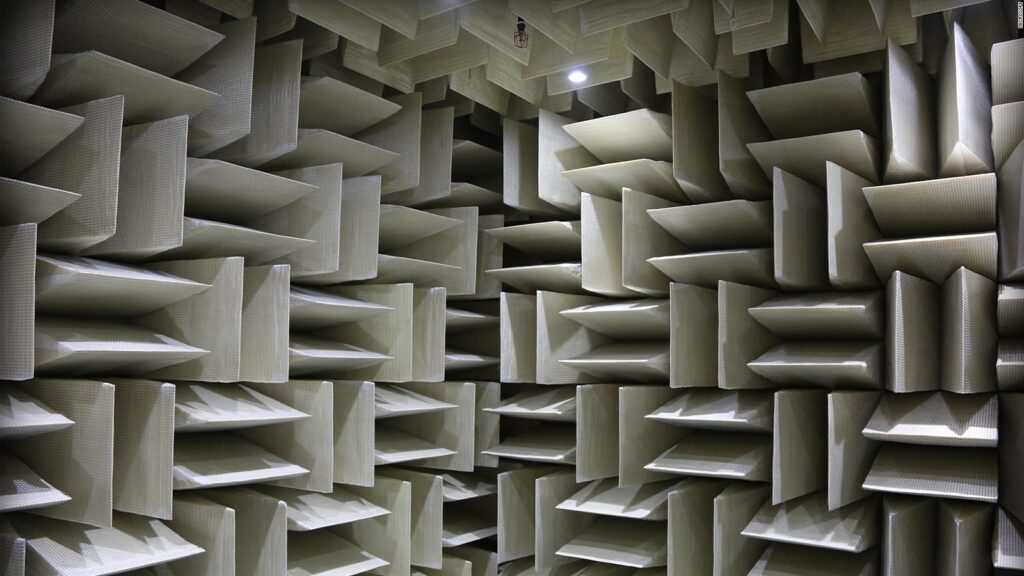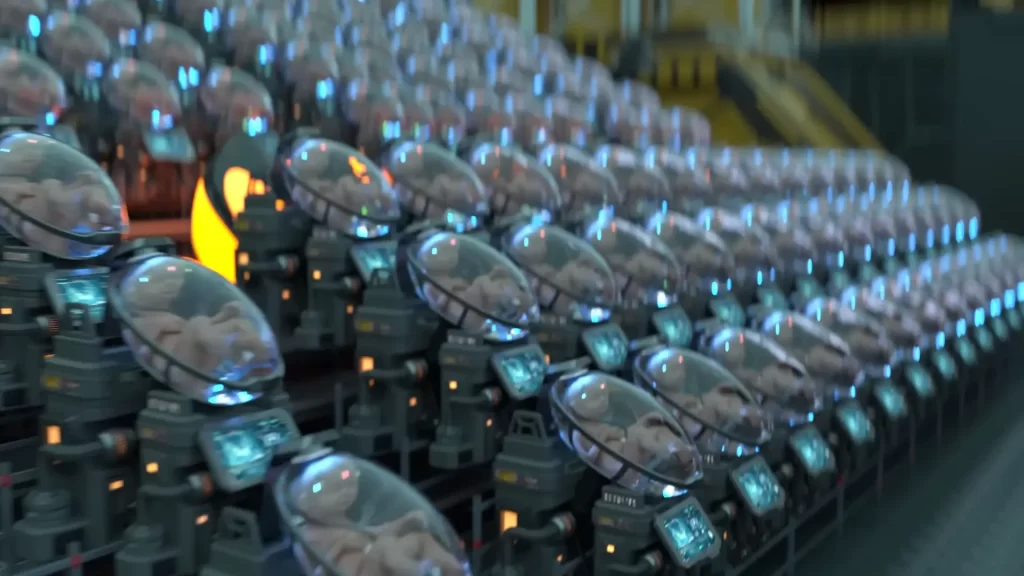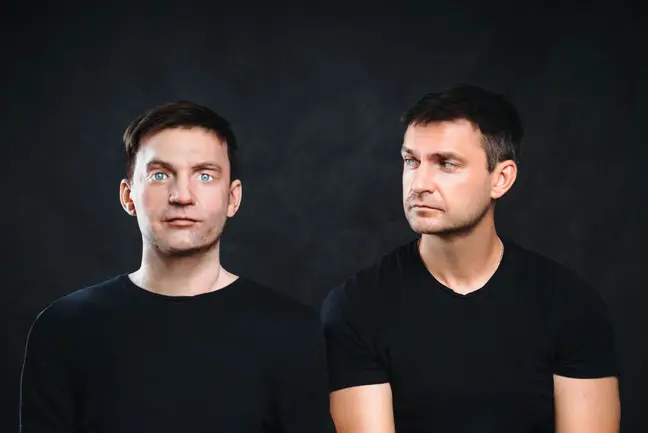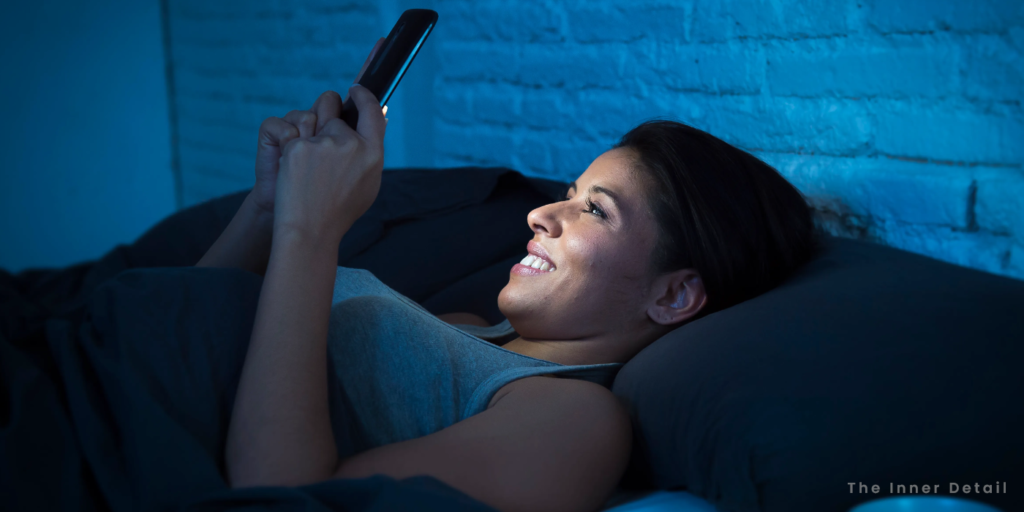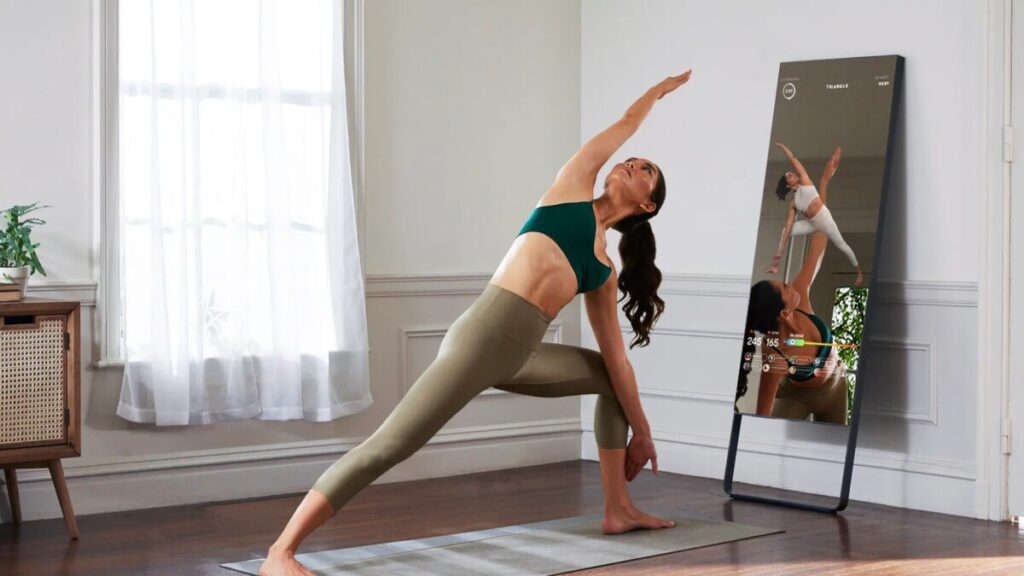Microsoft has a quietest room in the world where the sound level is below the threshold of human hearing that has even got Guinness World Records for the Quietest Place in the World.
Technology & Innovation have sparked marvelous Engineering architecture and construction in recent years such as 3600 spinning hotel in Qatar, underwater city project and so on. This is quite a case like that, something that awes for its unbelievable experience and creation with exploitation of science.
World’s Quietest Room feels strange enough that no one had ever spent more than 55 minutes inside it, at a stretch. There’s pin-drop silence in the room, as every school teachers’ wish. To the wonder, you may even start to hear your heartbeat without a stethoscope.
Anechoic Chamber
The quietest room of the world houses at Microsoft’s headquarters in Redmond, Washington and is called an “anechoic” chamber, as it creates no echo at all – meaning, the sound dissolves at no time, making clapping hands downright eerie.
The chamber filters out the sound from outside world and the sound produced inside is stopped cold turning out to be a weird experience. The background noise in the room is so low that it approaches the lowest threshold theorized by mathematicians that goes below average threshold of human hearing to the absolute zero of sound. The next step down is vacuum, or the absence of sound.
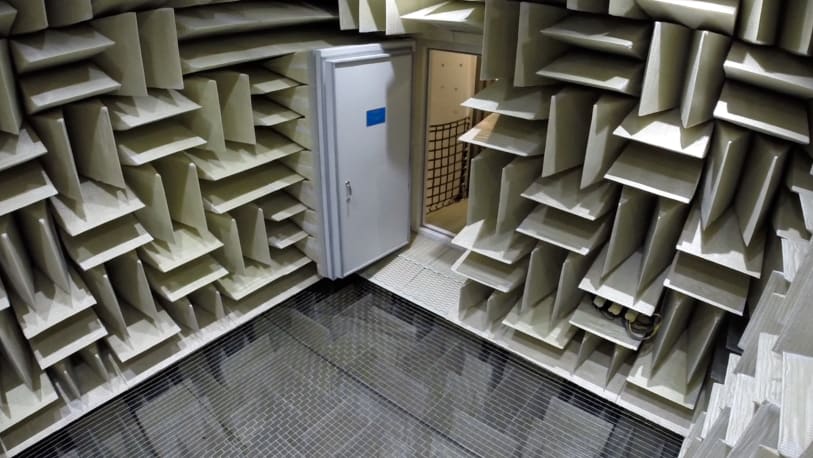
“As soon as one enters the room, one immediately feels a strange and unique sensation which is hard to describe,” wrote Hundraj Gopal, a speech and hearing scientist and the principal designer of the anechoic chamber at Microsoft.
Our ears normally are subjected to some level of sound, which means there’s few air-pressure always on the ear drums in the real world. However, this room eliminates that constant air pressure, as there are no sound reflections from the walls – no echo. “This is a novel experience”.
The noise level measured inside is -20.3 dBA, less than the threshold value of human hearing (0 dB). For comparison, a typical clock sounds at 10 dB, and there’s threshold hearable value and then there’s this quietest room.
Construction of the Quietest Room
It’s not an ordinary room both for experience and for looks. The walls are not flat, floor is a grid of iron-rod like basement, like seen in electricity-unit covers and the building itself is disparate among the traditional.
The room is designed in an onion-like structure where the core interior is isolated from the exterior world to the possible extent, for reaching a ghostly silence.
Made of Six layers of concrete and steel, the chamber has the base an array of vibration damping springs and is thereby disconnected from the surrounding building. The walls and ceiling has fiberglass wedges spanning all over the room for breaking up the sound waves to not get reflected. A grid of sound-absorbing suspended cables is what the floor has, below which fiberglass wedges sit. The design, planning and construction of the room took almost two years, says its designer.
“I needed a good location on campus where the measured noise levels inside the building were adequately low. (…) I needed to plan the inside of the building so that I could nest the chamber six levels deep. We had to build a special 12″ concrete wall encasing the chamber to block out further ambient sound. Careful attention was paid to every detail that could conduct sound from outside to inside the chamber, such as isolating the sprinkler supply pipes and the fire-alarm sensor, or lining the air-supply and return ducts with additional sound absorbing material.”
Experience of the “Quietest Room”
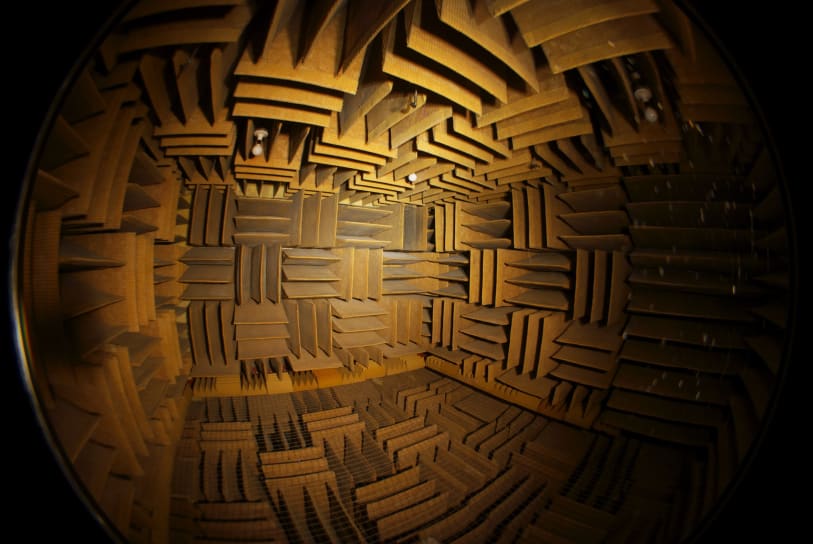
It’s hard to put everything into texts but the visitors had exclaimed the room of what it’s like and how spending few minutes would feel like inside the anechoic chamber.
The first enthralling element is that one would start to hear his/her own heartbeat, if they stand still for a while in the room.
A ringing in your ears becomes deafening and when you move, your bone joints make an audible grinding noise.
Absolute lack of resonance or prolongation of a sound shatters spatial awareness and one may eventually lose balance and fall onto the floor, especially when the lights are turned off.
“Most of the experiences of sensory deprivation include turning off all lighting, so that you are in aural and visual quiet, with no sensory noise. Under this circumstance, walking around the interior will make most people lose their balance after a short while.”
“The longest continuous time anyone has spent inside the chamber is about 55 minutes,” confirmed Gopal at Microsoft.
“I have noticed that there are several folks who can stay inside for 30 minutes or so. But others have asked to go out within the first few seconds.”
Usage of the Room


Microsoft’s anechoic chamber is not meant for tourists, rather the firm built and uses the room to test noises and sounds coming from a variety of products such as headphones, microphones with a high degree of scientific reliability.
The company uses it for audio equipment – microphones, receivers, headphones and speakers, or for analyzing sounds of ‘clicking’ and humming from computing devices. Among the products that have benefited from the chamber are the Surface line of tablets, the Xbox gaming console and the HoloLens VR goggles, but also software where the audio component is dominant, like Skype and the Cortana virtual assistant.
Microsoft’s chamber is currently registered in the Guinness World Record as the world’s quietest place.
Related Posts
Can anyone visit the Quietest room?
Microsoft restricts outsiders inside the room as it preserves only for technological consumption. However, a similar quiet chamber at Orfield Labs in Minneapolis, US, which was once a recording studio, is open to public, turning it into a small tourist attraction.
“Members of the public visit from around the world almost every week, and they are just about always excited by the experience. There is no skeptical reaction, as this is simply a bodily experience, and there’s nothing to learn or believe,” wrote Steve Orfield, who constructed his own lab and anechoic chamber in a building that was once home to Studio 80 — a renowned recording studio where Bob Dylan, Prince and Cat Stevens have recorded songs.
If you are planning to tour across US, have some time for this peculiar weird experience!
(For more such interesting technology and innovative detailing, keep reading The Inner Detail).
